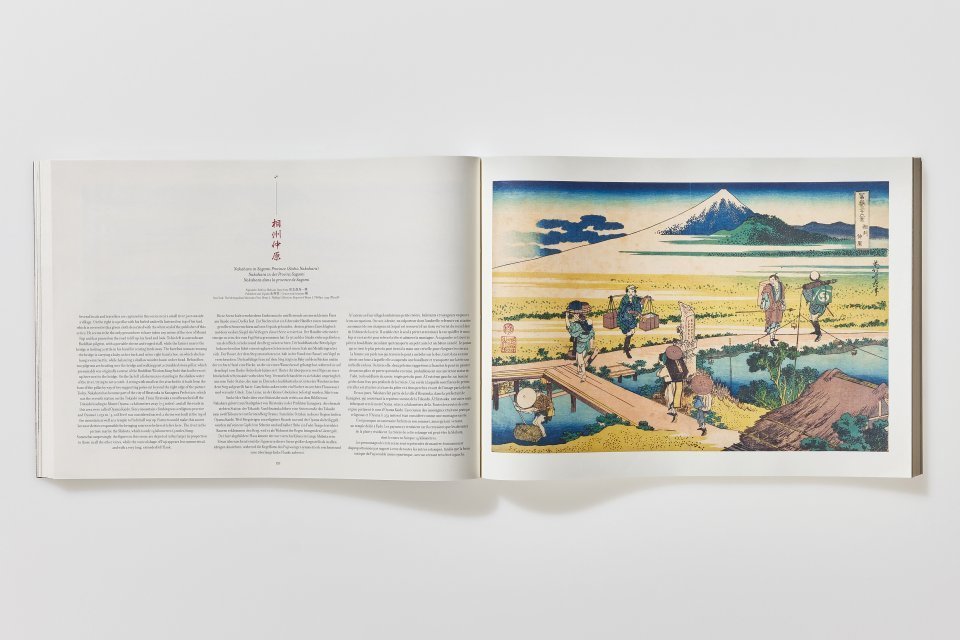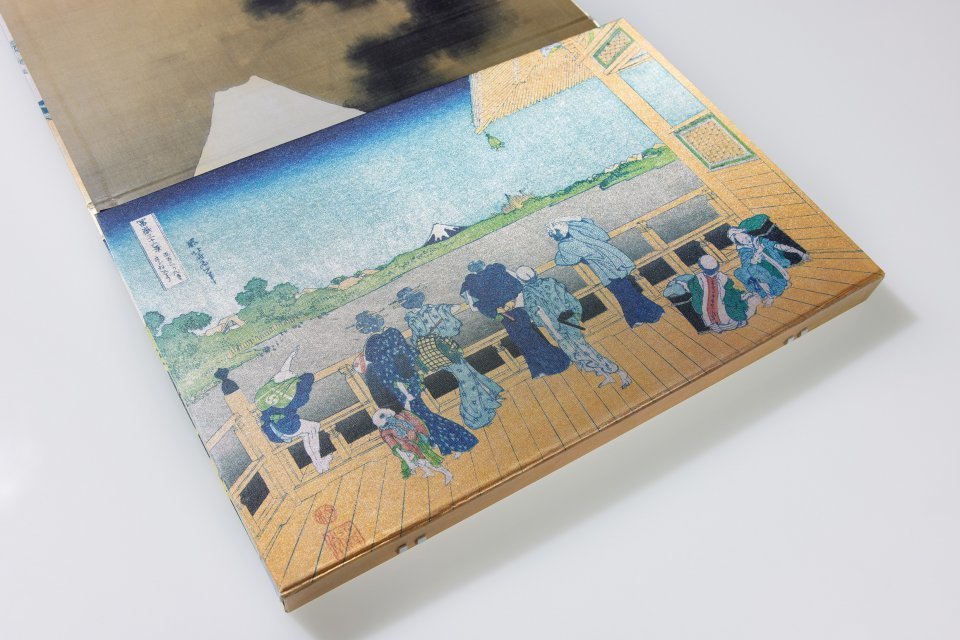Frida Kahlo has been a martyr to art history. Her twinned self-portrait The Two Fridas sits at number 87 on a list of the 100 most popular paintings (behind Diego Rivera’s The Flower Carrier and Cassius Coolidge’s Dogs Playing Poker series). She is “one of the most iconic and contradictory cultural figures around,” Judy Cox writes: “a card-carrying Communist whose image adorned a bracelet worn by Theresa May, a feminist who has her own barbie doll.”
Her cultural credentials sell. Her work is acclaimed as a leading example of indigenismo, as Denver art museum senior curatorial assistant Jesse Laird Ortega writes, “a political, intellectual, and artistic movement that celebrated indigenous peoples in Mexico.” Kahlo herself is lauded as “a passionate nationalist who advocated for the revolution… and supported farmers and workers.”
This praise sounds suspicious to other critics. “Missing from the public discourse about the artist are discussions about how the ‘nationalism’ that Kahlo promoted,” Joanna Garcia Cheran argues, “both in her art and personal style perpetuated the construction of a mythologized Indianness at the expense of Indigenous people.” Kahlo only began wearing the rebozos and other indigenous fashions she made famous when she married Diego Rivera (for the first time) in 1929.
Does Paul Priestly, the host of the Art History School video lesson above, help smooth out the contradictions of Kahlo’s life and art? No, but to be fair, he makes no pretense to higher criticism. The lesson is a basic introduction (with a content warning for younger viewers) to the well-known facts of Frida’s life, those amply covered in documentaries like Ken Madel’s Frida Kahlo: A Ribbon Around a Bomb and (with plenty of dramatic license, of course) the Salma Hayek-starring biopic Frida.
Priestley’s video is a sound introduction to Kahlo’s life, however, precisely because it shies away from hagiography or theory. He walks us through the facts of the artist’s life in brief, with clips of a woman reading Frida’s own words and images of her work alongside photographic portraits of herself at every stage of life, allowing viewers to see the side-by-side development of Kahlo’s art and her public persona.
In the midst of Kahlo worship and iconoclasm, what seems too often neglected is Kahlo’s complex humanity. She was not one thing or another — neither wholly Marxist saint, nor a bourgeois appropriator; neither wholly feminist hero, nor tragic victim of patriarchal male hero worship: she was both and neither, at many times, a figure twinned in her imagination and split in half by cultural logics that want to claim and possess art and artists for their own.
Related Content:
Take a Virtual Tour of Frida Kahlo’s Blue House Free Online
Josh Jones is a writer and musician based in Durham, NC. Follow him at @jdmagness




